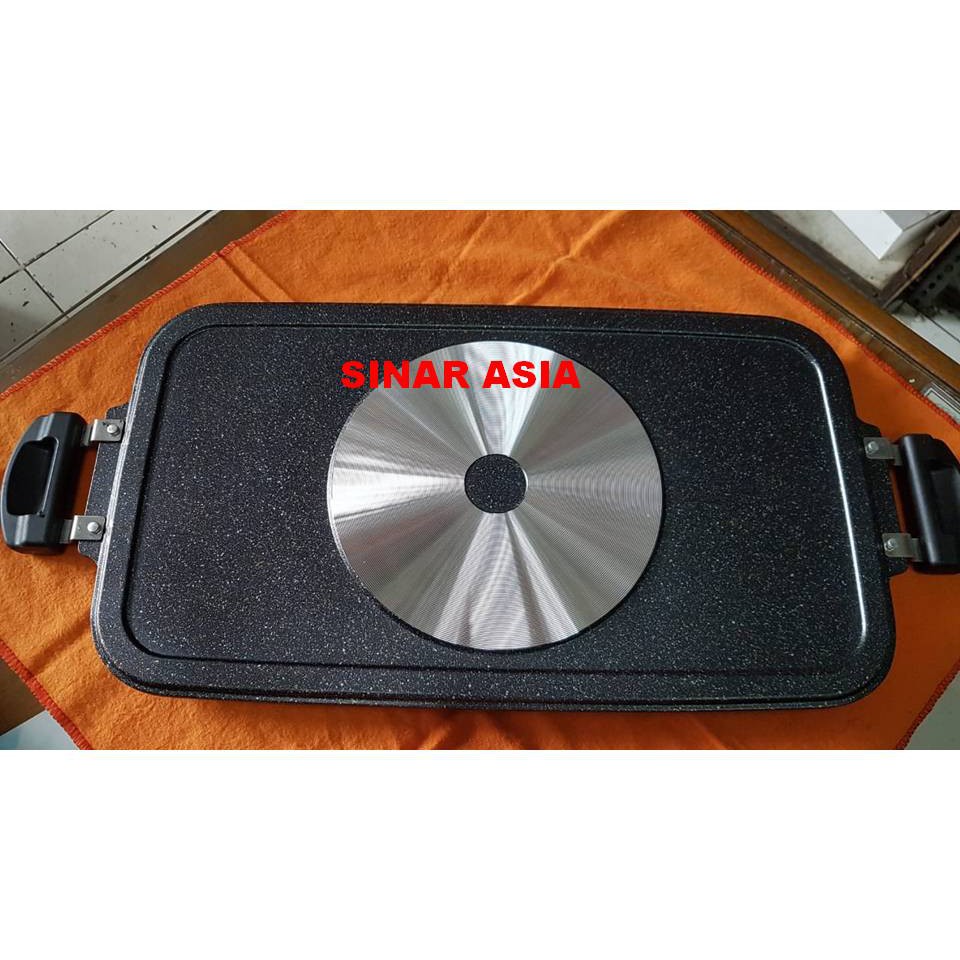A Culinary Adventure: The grill pan
Imagine a world where the sizzling symphony of a grill is just a stovetop away. A world where you can sear, char, and grill to perfection without the hassle of outdoor cooking. Enter the grill pan, a culinary marvel that brings the magic of the grill right to your kitchen.

What is a Grill Pan?
A grill pan is a specialized cookware featuring a ridged surface. These ridges create those iconic grill marks, adding visual appeal and enhancing flavor. They demnach allow excess fat to drip away, resulting in healthier dishes.
Why Use a Grill Pan?
Versatility: Grill pans aren’t just for grilling. They excel at searing steaks, roasting vegetables, and even pan-frying.
Choosing the Right Grill Pan
When selecting a grill pan, consider these factors:
Werkstoff:
Grill Pan Cooking Tips
Preheating: Always preheat your grill pan over medium-high heat.
Grill Pan Recipes to Inspire
While we won’t delve into specific recipes here, let your imagination run wild. Grill pans are perfect for:
Steak: A perfectly seared steak, medium-rare, with those distinctive grill marks.
Embrace the art of grilling indoors with a grill pan. Elevate your culinary skills and create mouthwatering dishes that will impress your family and friends.
Grilling isn’t just about cooking; it’s a dance of heat, smoke, and flavor. Let’s delve into the science that makes this culinary magic happen.
The Maillard Reaction: A Flavorful Symphony
When you grill food, you’re initiating a chemical reaction that’s as beautiful as it is delicious: the Maillard reaction. This reaction occurs when amino acids (proteins) and reducing sugars (carbohydrates) react at high temperatures, creating hundreds of different compounds that contribute to the rich, browned, and flavorful crust on your grilled food.
The Role of Heat: Heat is the conductor of this culinary orchestra. As the food is exposed to high heat, the molecules within it start to vibrate and collide. This energy transfer breaks down larger molecules into smaller ones, releasing volatile compounds that waft into the air, tantalizing your senses.
The Weise of Heat Control
A skilled griller knows that heat control is paramount. Different foods require different levels of heat to achieve the desired results.
High Heat Grilling: Vorbild for searing meats and vegetables, high heat creates a crispy crust while locking in the juices.
The grill pan: A Versatile Tool
A grill pan is a versatile cooking tool that allows you to enjoy the flavors of grilling indoors, regardless of the weather. It features raised ridges that mimic the grill grates, creating those iconic grill marks.
Even Heat Distribution: Grill pans often have a thick base that distributes heat evenly, ensuring consistent cooking.
Tips for Grill Pan Grilling Success
Preheat the Pan: A hot pan is essential for achieving a good sear.
By understanding the science behind grilling and mastering the art of heat control, you can elevate your grilling game to new heights. So, fire up your grill pan, and let the grilling adventure begin!